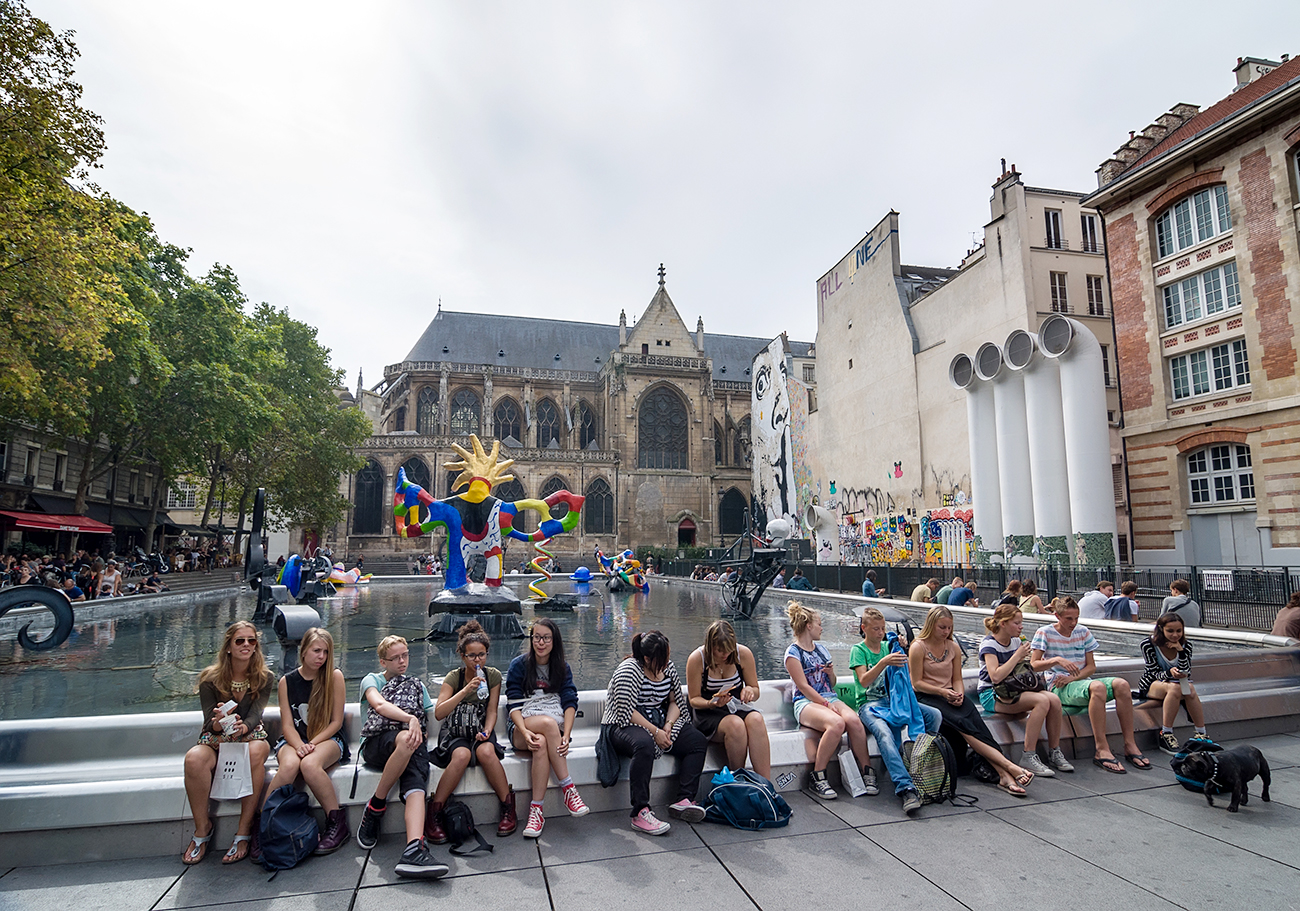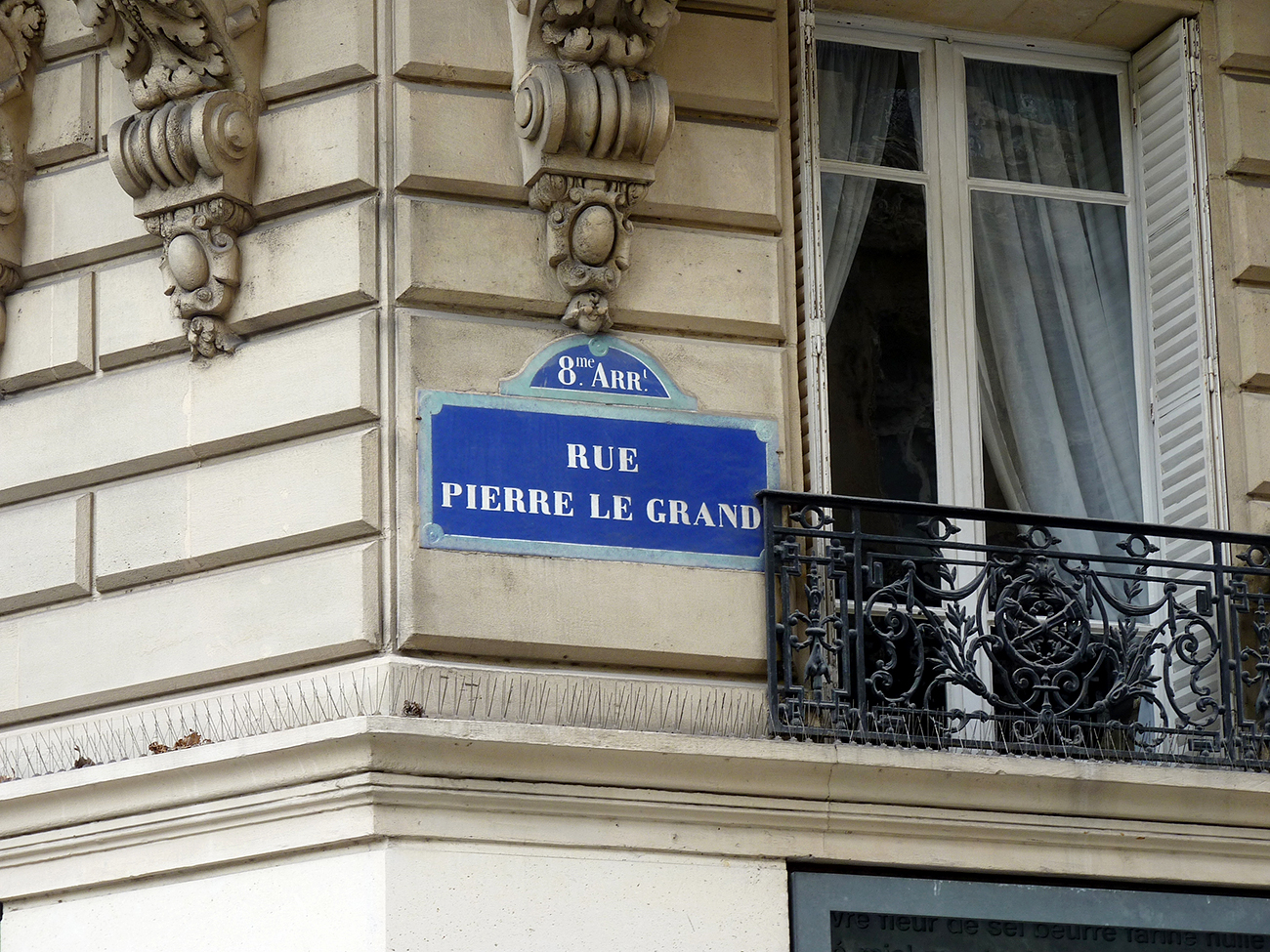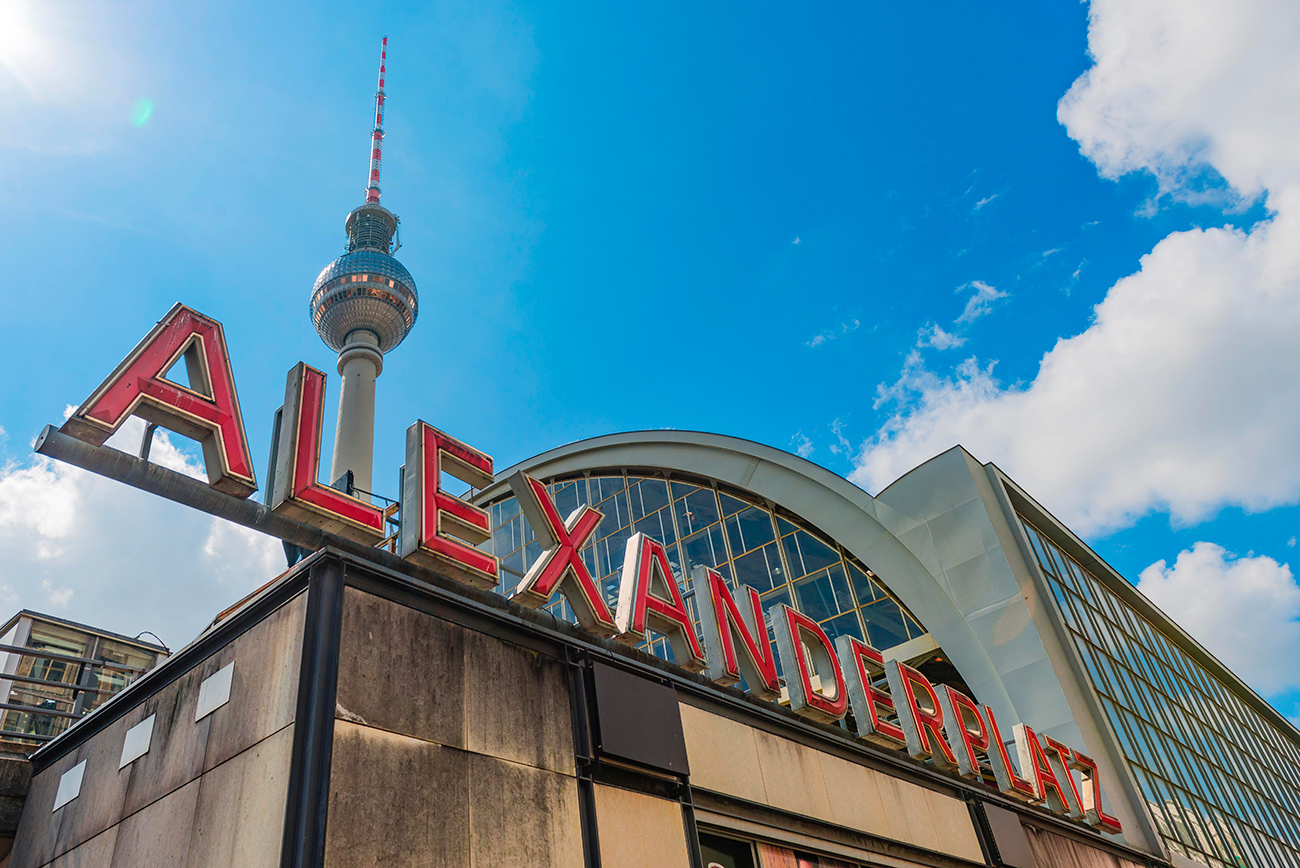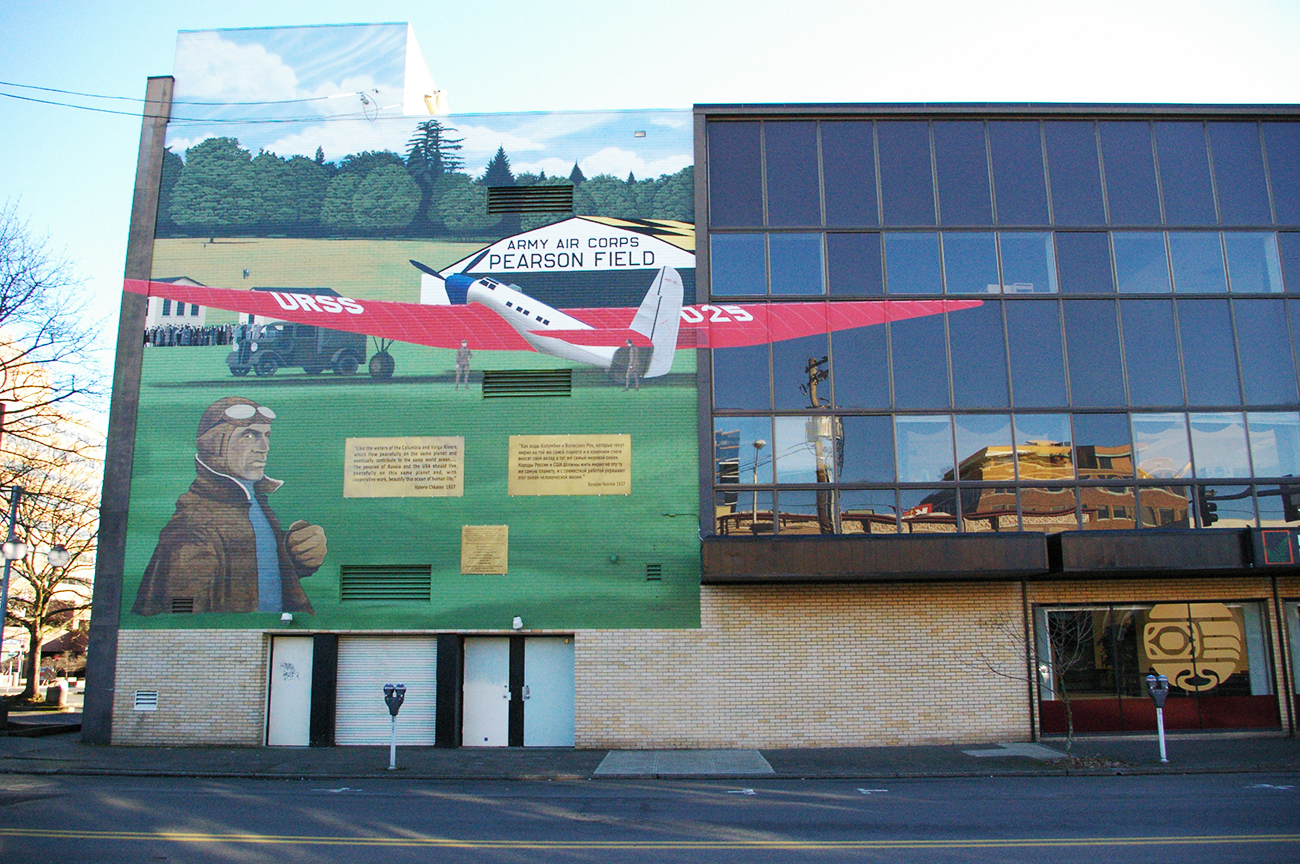
The Stravinsky Fountain in Paris.
Legion Media Rue Pierre le Grand, Paris. / Photo: Legion Media
Rue Pierre le Grand, Paris. / Photo: Legion Media
Tsar Peter the Great, who founded St. Petersburg and pivoted Russia toward Europe, spent more than a month in Paris in 1717, from May 7 to June 20. Peter requested the Duke of Orléans, regent of the then seven-year-old King Louis XV, to waive court protocol and allow him to move freely throughout the city. Peter, not wishing to stay in the opulence of the Louvre, opted to settle in the Lesdiguières mansion. Peter visited sessions of parliament and court, familiarized himself with the Mint, met enthusiastically with workers at local factories and expressed his delight at the Sorbonne. At the Paris Opera, however, the Czar fell asleep. Despite his neglect of etiquette, Peter was remembered by the French as a noble and curious man. Therefore, it’s not surprising that in 1884 a street in Paris was named after him.
 The Stravinsky Fountain in Paris. / Photo: Legion Media
The Stravinsky Fountain in Paris. / Photo: Legion Media
Igor Stravinsky, a composer, conductor and pianist, became famous for his ballets Petrushka, The Firebird, and The Rite of Spring, which he wrote for Sergei Diaghilev and his legendary Paris-based company, Ballet Russes. Stravinsky came to Paris with Ballet Russes in 1910, 1911 and 1913. In 1920 he settled in Paris and stayed 20 years. These years turned out to be very productive, and during this time he wrote three operas: Mavra, OedipusRex, and Persephone, as well as a few ballets, symphonies and concerts. Later, the composer received American citizenship and moved to the U.S., but in Paris a public square and an avant-garde fountain, decorated with characters from his ballets and located next to the Georges Pompidou center, remain in his memory.
 Piazza Demidoff, Florence. / Photo: Clément Bardot
Piazza Demidoff, Florence. / Photo: Clément Bardot
This square is named in honor of the Russian industrialist and philanthropist, Nikolai Demidov, who gifted Moscow State University a collection of 3,000 natural scientific rarities, as well as who did many other acts of philanthropy and charity. When Demidov arrived in Florence with an ambassadorial mission, he built a home for orphans and the elderly. He also created an art museum and painting gallery. The thankful Florentines named this square in his honor and erected a white marble statue.
 Monument to Vladimir Lenin in Cavriago, Italy. / Photo: Legion Media
Monument to Vladimir Lenin in Cavriago, Italy. / Photo: Legion Media
This small town in the province of Reggio Emilia expressed its sympathy for Vladimir Lenin during the 1917 Russian Revolution. Residents gathered 500 lire to support the leader of the world proletariat. Lenin later expressed gratitude in one of his speeches, marking the start of a friendship. Residents even elected him an honorary citizen of Cavriago. In 1970, the town received as a gift a bust of Lenin, which was once taken as a trophy by fascist troops. The original is kept in a municipal building, and a copy was installed on the square named after the Soviet leader.
 Alexanderplatz, Berlin. / Photo: Global Look Press
Alexanderplatz, Berlin. / Photo: Global Look Press
Formerly known as Royal Gates Square, Prussian King Frederick Wilhelm III ordered the renaming of the central square in honor of Tsar Alexander I in 1805, after the Russian emperor arrived in Berlin to establish the anti-Napoleonic union.
 Juri-Gagarin-Ring, Erfurt. / Photo: Legion Media
Juri-Gagarin-Ring, Erfurt. / Photo: Legion Media
In 1963, Yuri Gagarin, the first astronaut in space, visited East Germany on a world tour. As a result, this street, formerly named after Mao Zedong, was renamed in honor of Gagarin. Later, in 1986, a monument was erected on the street. Many Soviet names are already forgotten, but in Erfurt, Gagarin is still greatly respected. Periodically, the city holds a special holiday, called Gagarin Days, dedicated to the astronaut.
 Sergei Dovlatov Way street sign at the intersection of 63rd Drive in New York. / Photo: Ivan Zakharchenko/RIA Novosti
Sergei Dovlatov Way street sign at the intersection of 63rd Drive in New York. / Photo: Ivan Zakharchenko/RIA Novosti
Thanks to a city hall decision, responding to a petition of 17,000 signatures by fans of the Russian writer, this crossroads in Queens was renamed in his honor in September 2014. After arriving in America from the USSR, Dovlatov lived on this block for more than 10 years and dedicated his writing to witty and colorful stories about the lives of Soviet émigrés in the U.S. The house, located not far from the intersection, is marked with a plaque. His wife and daughter still live there today.
 Commemorates Chkalov's flight from Moscow, USSR to Vancouver, U.S. via the North Pole in 1937. / Photo: Lester Luallin
Commemorates Chkalov's flight from Moscow, USSR to Vancouver, U.S. via the North Pole in 1937. / Photo: Lester Luallin
In June 1937, the Soviet pilot Valery Chkalov completed his legendary non-stop flight to the U.S. from the USSR through the north pole, a trip which lasted two days. After departing Moscow, the AHT-25 plane landed in the American city of Vancouver. Chkalov and his crew hoped to reach San Francisco, but they ran out of fuel. The next morning the pilot gave a speech about friendship between the peoples, comparing the two nations to the Volga and Columbia rivers, both a part of the same world ocean.
If using any of Russia Beyond's content, partly or in full, always provide an active hyperlink to the original material.
Subscribe
to our newsletter!
Get the week's best stories straight to your inbox